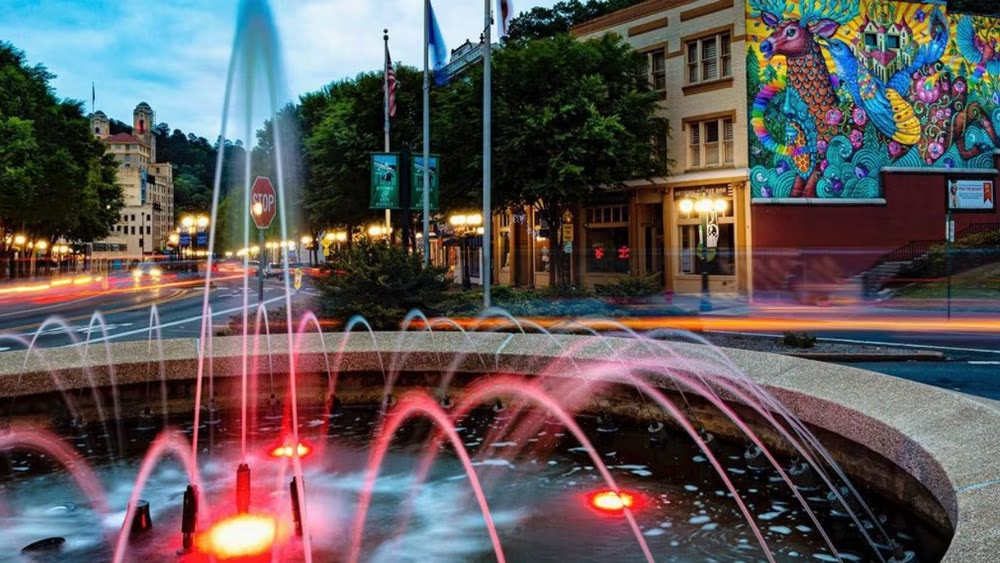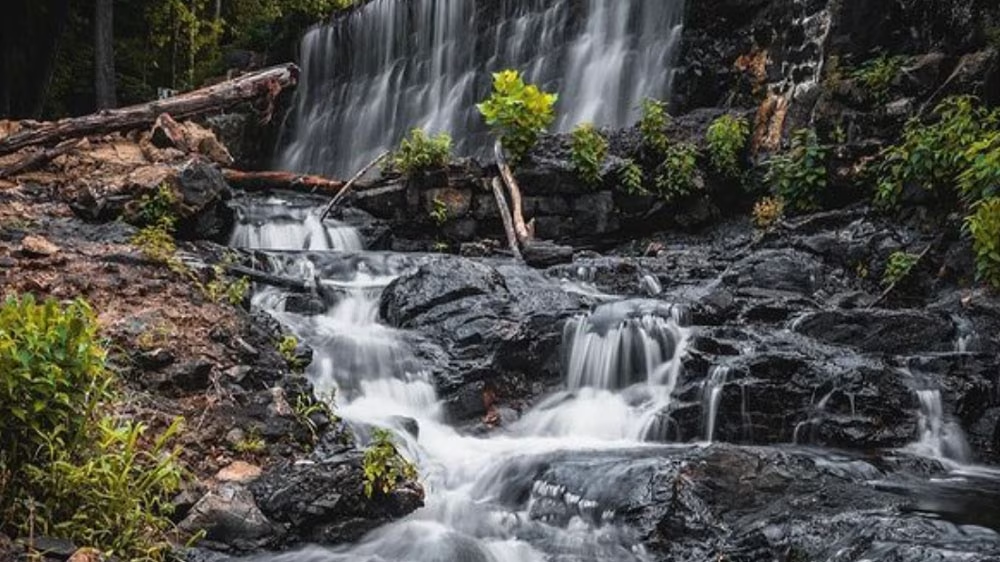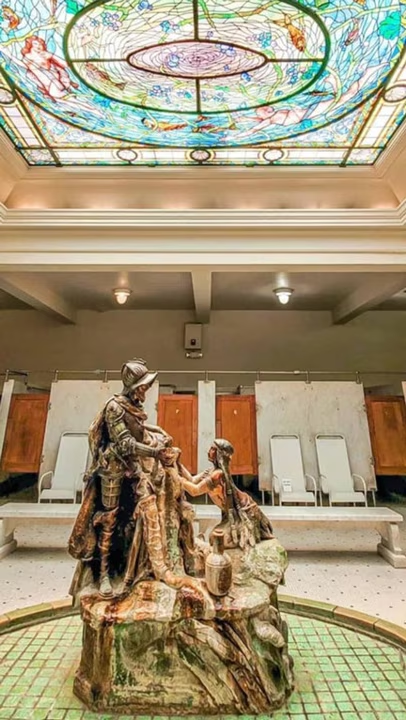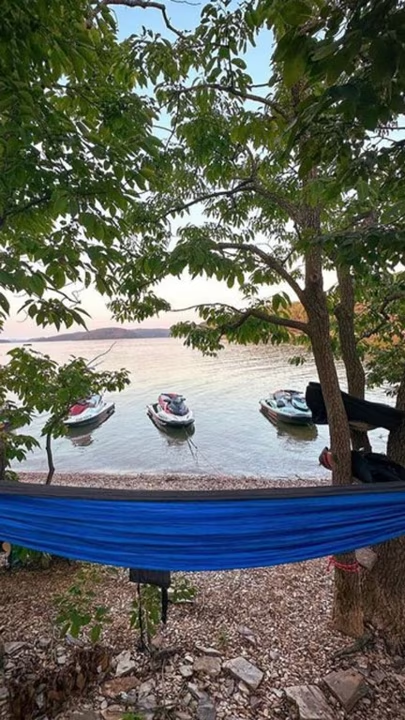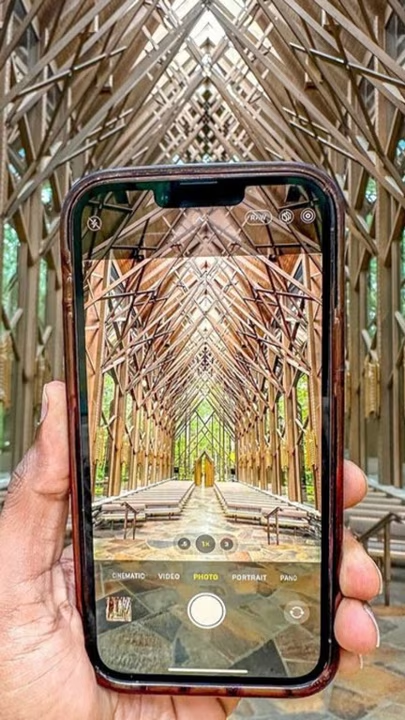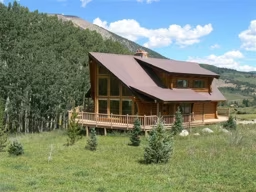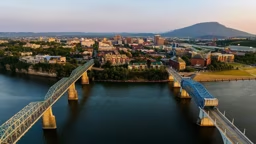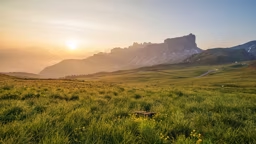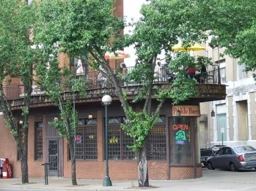Walking down Bathhouse Row in downtown Hot Springs, Arkansas, is a bit like stepping into the past, and indeed, the town’s main attraction has drawn visitors for centuries. Home to 47 bubbling hot springs that many believe have therapeutic powers, the area offers a unique spa experience steeped in history.
But there’s more to Hot Springs than just warm water. A cultural revival of sorts is happening here, with new outlets for the arts and exciting events planned for every month. And as part of the Diamond Lakes region, the area features a number of natural attractions and recreational opportunities. Emerging along the western slope of Hot Springs Mountain, the area’s natural thermal water derives from rain that fell about 4,000 years ago. It then percolated through the region’s bedrock toward the hotter core of the earth before rushing back up to the surface, picking up numerous minerals along the way.
Native Americans had been visiting the springs for years before the first white settlers arrived in the early 1800s. The initial visitors had little knowledge of the geothermal processes that created this natural occurrence, so the springs were seen as mystical phenomena caused by unknown otherworldly forces. The heated water soothed aching muscles of weary travelers, and word soon spread of the springs’ supposed curative qualities.
To protect this valuable resource, the federal government acquired the land in a treaty with the local Quapaw Indian tribe and, in 1832, established the country’s first federal reserve, which ultimately became Hot Springs National Park. Today, the water from many of the springs is collected in a general reservoir, where it is pumped out at its natural average temperature of 143 degrees to local bathhouses, spas, fountains, hotels and private homes. Visitors interested in “taking the waters,” as the saying goes, have a number of options, from traditional steam cabinet treatments and public bathing pools to modern spa services. Two of the eight historical bathhouses along Bathhouse Row remain in operation for visitors’ enjoyment.
At the Buckstaff Bathhouse, which has been in continuous operation since 1912, patrons can indulge in the same classic therapeutic experience that thousands of others have enjoyed over the past century. Attendants assist with whirlpool tub and sitz baths, hot packs, steam cabinet treatments and Swedish massages on gender-separated floors.
The Quapaw Bathhouse, which reopened in 2008 after extensive renovations, features four communal bathing pools cooled to varying temperatures to accommodate each bather’s personal preferences. The Quapaw also spotlights its steam cave, a natural sauna heated and humidified by the hot spring aquifer the bathhouse was built around. Beyond bathing opportunities, visitors to the area will find plenty to see and do.
The Ozark Bathhouse has been revived to house the newly established Museum of Contemporary Art, and efforts are well underway to transform the Hale Bathhouse into a cultural arts center.
Hot Springs also offers a wide variety of events to appeal to the whole family. Music fans can find frequent concerts and festivals featuring blues, jazz, bluegrass and more. Other well-loved annual celebrations include spring horse racing at Oaklawn Park, the world’s shortest St. Patrick’s Day parade in March, the hilarious Running of the Tubs bathtub race each May and the Legends Hot Air Balloon Rally every September.
Of course, Hot Springs’ location in the Ouachita (WASH-it-AH) Mountains means that visitors won’t lack for recreational opportunities. Nearby Lakes Ouachita, Hamilton and Catherine attract boaters, anglers and water sports enthusiasts for a limitless array of adventurous possibilities. For a quiet respite, the Lake Ouachita Vista Trail follows the lake’s southern shoreline along a meandering 35-mile footpath that features stunning views of the island-spotted water. Hikers and bikers won’t want to miss the Hickory Nut Mountain Vista, which offers a breathtaking 360-degree panorama of the lake and surrounding mountainsides. For those with limited mobility, the ADA-compliant Watchable Wildlife section of the trail provides interested parties of all ability levels with the chance to immerse themselves in local wildlife.
Visitors may also enjoy walking the trails of Garvan Woodland Gardens, located on a peninsula of nearby Lake Hamilton. The 210-acre botanical garden features more than six miles of lush, floral-lined pathways that lead to intriguing points such as the six-story wood-and-glass Anthony Chapel and the Evans Children’s Adventure Garden, a delight for inquisitive minds of any age.
Closer to the center of it all, Hot Springs National Park offers several peaceful trails that begin just behind Bathhouse Row. In addition to the surrounding natural beauty and local emphasis on wellness and healthy living, retirees to Hot Springs will enjoy a significantly lower cost of living than the national average.
The area boasts a number of retirement communities, and local facilities cater to this population in every aspect of life. Best of all, local residents can take advantage of memberships to many of the town’s salons and spas, and the famous mineral water is always available for free at any of the downtown fountains. Healing waters or not, a visit to Hot Springs is certainly a balm for the soul.
About the City
Population: 38,697 (city), 99,043 (Garland County)
Size: 37.57 square miles (city), 735 square miles (Garland County)
Household median income: $40,125
For more information: Hot Springs Tourism Website, Hot Springs Official Website and Arkansas' Official Website




